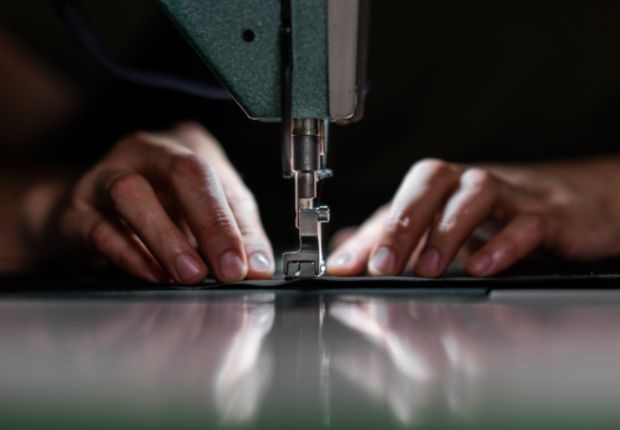Owning a sewing machine is a great way to control your fashion choices. However, they require regular maintenance. Learn about the maintenance tools you need.
Sewing machines give you the freedom to control your fashion choices. You can alter the pieces you buy at the store or create a custom wardrobe that perfectly fits your taste. This simple piece of equipment can completely change and amplify your closet. However, your sewing machine will require regular maintenance if you want it to continue to work. Keep reading to learn about the different tools you’ll need for sewing machine maintenance.
Machine Cleaning
Keeping your sewing machine clean should be one of your top priorities, and you’ll need various tools and supplies to do so. First, locate your sewing machine manual and take note of any specific tools or cleaning fluids that it recommends. If it doesn’t provide a specific list, gather a small, flat paintbrush, cleaning fluid, a microfiber or disposable cleaning cloth, and a vacuum cleaner. Use a small vacuum cleaner or attach a small, narrow end to a vacuum cleaner hose for best results. You may also need a wrench, paring knife, tweezers, and sewing machine oil.
Follow the cleaning instructions provided in your sewing manual. If your manual doesn’t provide cleaning instructions, then remove all possible parts. Leave them to soak in cleaning fluid while you clean dirt and oil buildup on the machine itself. Rinse the removable parts and reassemble your machine after cleaning. Let it dry overnight before oiling it.
Sewing Machine Accessory Cleaning
In addition to cleaning your machine, you’ll also need to clean your sewing machine accessories. Presser feet, bobbins, needles, thread nippers, and other sewing machine accessories participate in all your projects, meaning they need care, too.
You can soak most accessories in the cleaning fluid we mentioned above. However, accessories like thread nippers and other types of scissors don’t need a long soak. Give them a gentle scrub with a sponge and a combination of mild dishwashing soap and water. Then, dry them well so that they don’t rust. If they do rust, wipe them down with white vinegar. Also, oil the screw area every few months to keep them in great working order. The more often you clean your sewing machine accessories, the less likely you’ll have problems using this equipment in the future.
Professional Maintenance and Cleaning
Most of the time, you can handle sewing machine maintenance on your own. As you work on DIY upcycling projects or quilting, you can keep an eye on how your machine is running and adjust as needed. However, if you notice a persistent problem that you don’t feel confident addressing on your own, call a professional. It’s better to pay a professional than accidentally make a problem worse or break your machine.
Even if your machine is running smoothly and you can handle the cleaning and maintenance, schedule a professional to look over it every year. Just like mechanics take their car for a yearly inspection, so should you have a professional check on your sewing machine.
There are various tools you’ll need for sewing machine maintenance. Keep a toolbox with these tools close to your sewing machine or sewing kit so that you can immediately address any problems that arise. When you schedule your regular machine maintenance, pay attention to how the professionals work on your machine and ask pertinent questions so that you can learn how to better care for your machine on your own.























